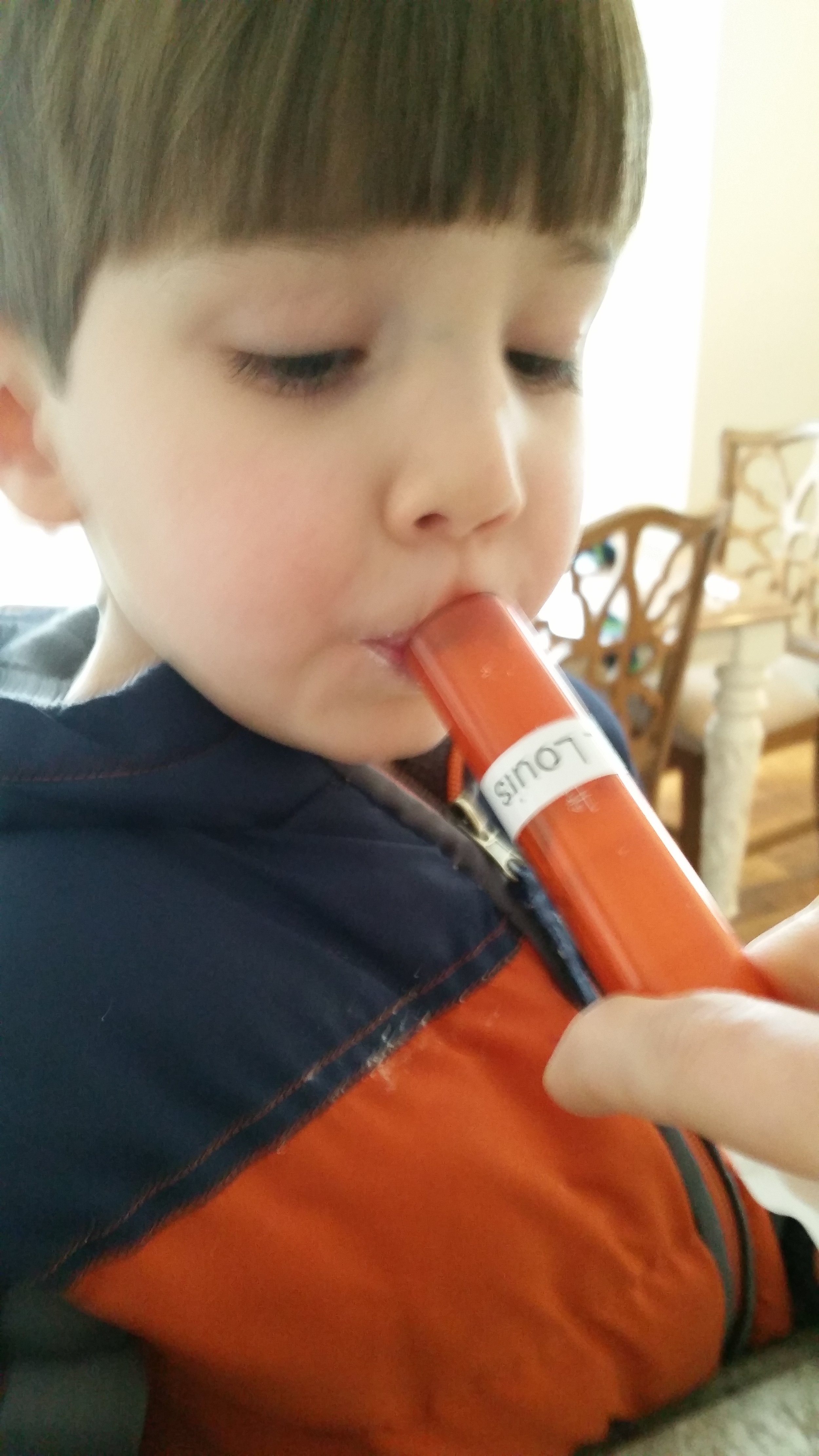The Chan Zuckerberg Initiative (CZI)'s Rare As One Network brings together rare disease patients and advocates in their quest for cures. Both of this week’s stories are from Rare As One grantees who are sharing their stories and experiences navigating diagnoses and organizing their communities to accelerate research, identify treatments, and change the course of their diseases.
Part 1: When Riley Blevins’ son gets diagnosed with a rare disease, it changes his life.
After spending years in the corporate world in media relations and corporate branding, a rare disease diagnosis for his first-born son changed -- and very well saved -- Riley Blevins' life. Today, he is the senior director of global community engagement of Cure HHT.
Part 2: Heidi Wallis becomes completely obsessed with trying to fix her daughter.
Heidi is the Executive Director of the Association for Creatine Deficiencies and parent of four children, two of which have GAMT Deficiency- a rare brain creatine deficiency syndrome. Prior to working for ACD she was as a grant analyst and project manager in the Utah Public Health Newborn Screening program and served as an ACD volunteer board member. Heidi's vision is that one day all creatine deficiencies will be diagnosed at birth, through routine newborn screening, and will be treated with an effective and appropriate treatment before the onset of symptoms.
Episode Transcript
Part 1
For some reason, I remember the time better than the exact date. It was mid‑December 2021, and my wife, she had just shaken me awake. Still blurry‑eyed and half asleep, I look over and I see these glowing red numbers coming from the alarm clock on the nightstand beside me. 4:55 AM.
I felt disoriented. You see, we were in this strange, dark, foreign‑feeling, odd‑smelling hotel room in downtown Cincinnati, which is about a fourish‑hour drive from our suburban Chicago home. We had driven there to visit Cincinnati Children's Hospital to have our firstborn son, JB, tested and scanned for a rare vascular disease called hereditary hemorrhagic telangiectasia, or HHT. The day before, he had a series of tests, an MRI, a chest CT, something called an echo bubble.
I look over to the other side of the bed, and I see my wife clutching her phone just inches from her face, the glowing screen lighting up the entire room, like one gigantic spotlight, and lighting up her face just enough to see the tears welling in her eyes.
"Is everything okay?" I asked, even though it felt like I already knew the answer.
"We got a notification in his patient portal," she said. "It's his brain.”
Those words, those damn words just hung in that hotel room.
No, this can't be happening, not to my son. I was just four months into fatherhood at that point. Still a two‑thumbed, amateurish diaper changer. I wanted to be worried about what outfit to put my son in for the Bears’ games on Sundays, not what these neurosurgeons were about to tell us in just a few hours.
I got out of bed and part of me wishes I didn't because that's when it became so real. I walked over to his portable crib tucked in the corner of that stupid, dark hotel room and I looked down to see this peanut of a human. My little buddy, angelically asleep, a pacifier gently pulsing in his mouth, blissfully unaware of the journey that awaited him.
The guilt in that moment, I truly can't describe it. It suddenly felt like I was breathing through a straw.
You see, many in my family have HHT. It's the second most common genetic vascular disease that causes bleeding in the United States. It's nearly three times as common as something like hemophilia, but, to this day, many doctors they've still never heard of it.
HHT, it causes misconnections between arteries and veins and various organs of the body, like the nose, the brain, the lungs, the liver. These misconnections, which are known as AVMs, you can almost think of them as knotted up, tangled up spools of yarn only comprised of blood vessels.
These AVMs, they can range in size from microscopic to absolutely massive, but they're all extremely fragile and prone to rupture. They're ticking time bombs. And when they go off, it's often catastrophic.
However, with HHT, oftentimes the only externally visible symptom that somebody has this is frequent and recurrent nosebleeds, meaning it's really difficult to tell if someone has this just by looking at them, even though it can be fatal.
The guilt. Again, the guilt I felt in that moment looking down at my son, it was all‑consuming. You see, HHT, it's an autosomal dominant genetic disorder, meaning if one parent is a carrier, that means there's a 50% chance their kid will inherit the gene.
My dad, my brother, my cousins, my aunts, they all have this disease. I myself have this. We all live fairly normal lives, though, I always thought. Sure, outside of having tissues crammed up our noses a lot, and I mean a lot.
I myself, I probably have three to five nose bleeds on a given day. I mean, on my wedding day, I remember standing in a front of a room filled with my family and friends and loved ones, and as my beautiful bride is walking down the aisle toward me, the thought going through my head, “I really hope I don't get a nosebleed right now.”
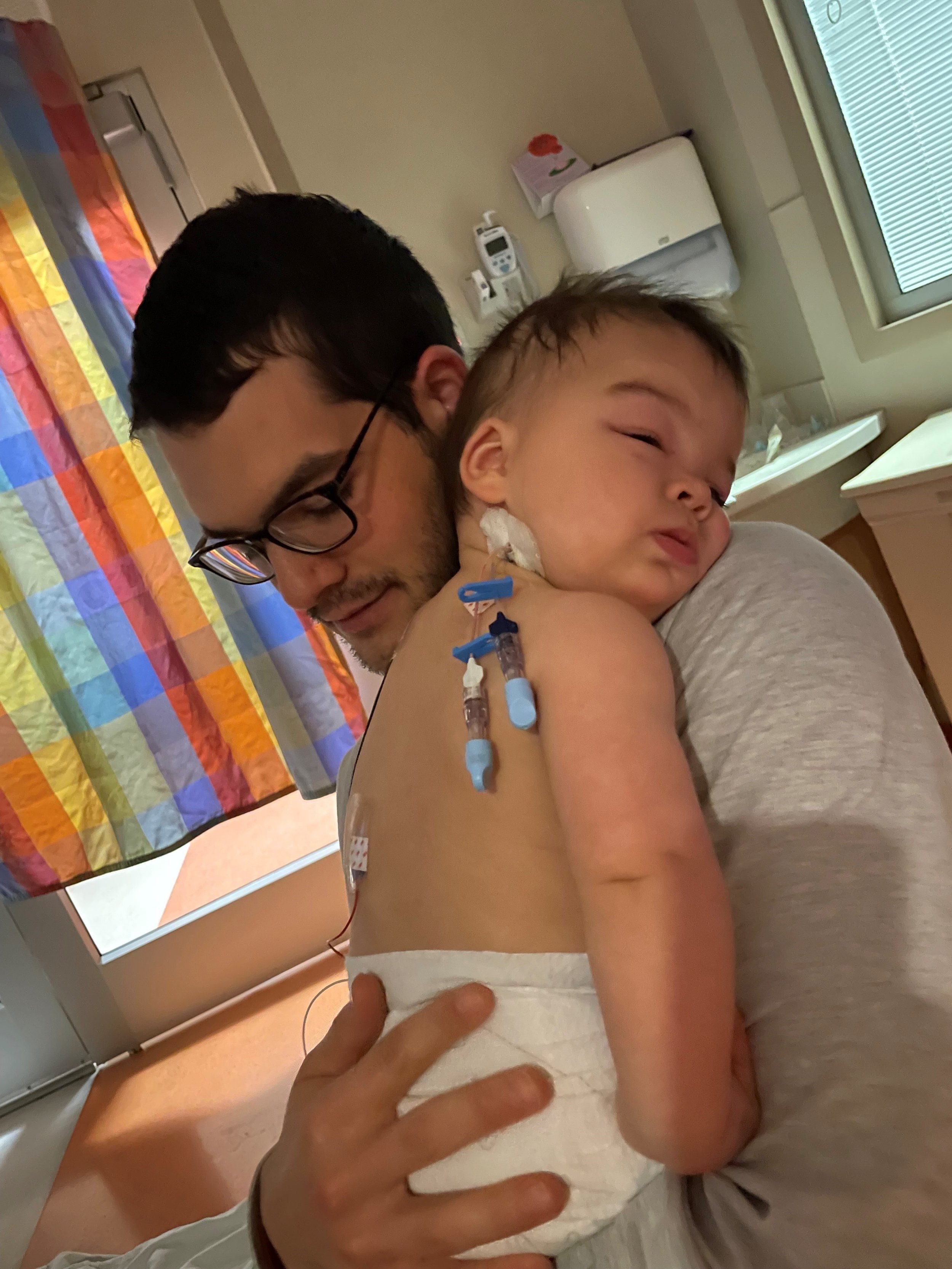
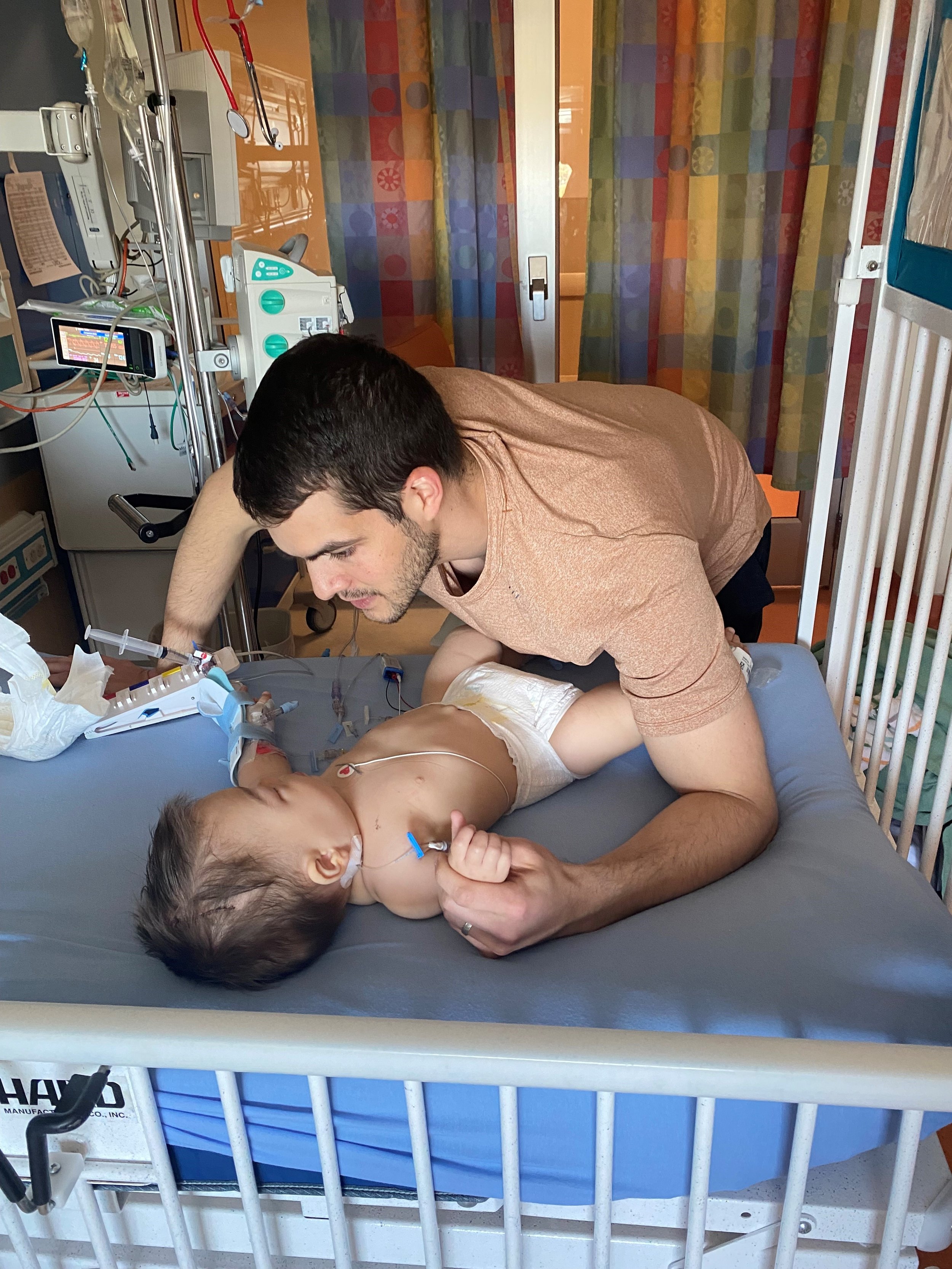
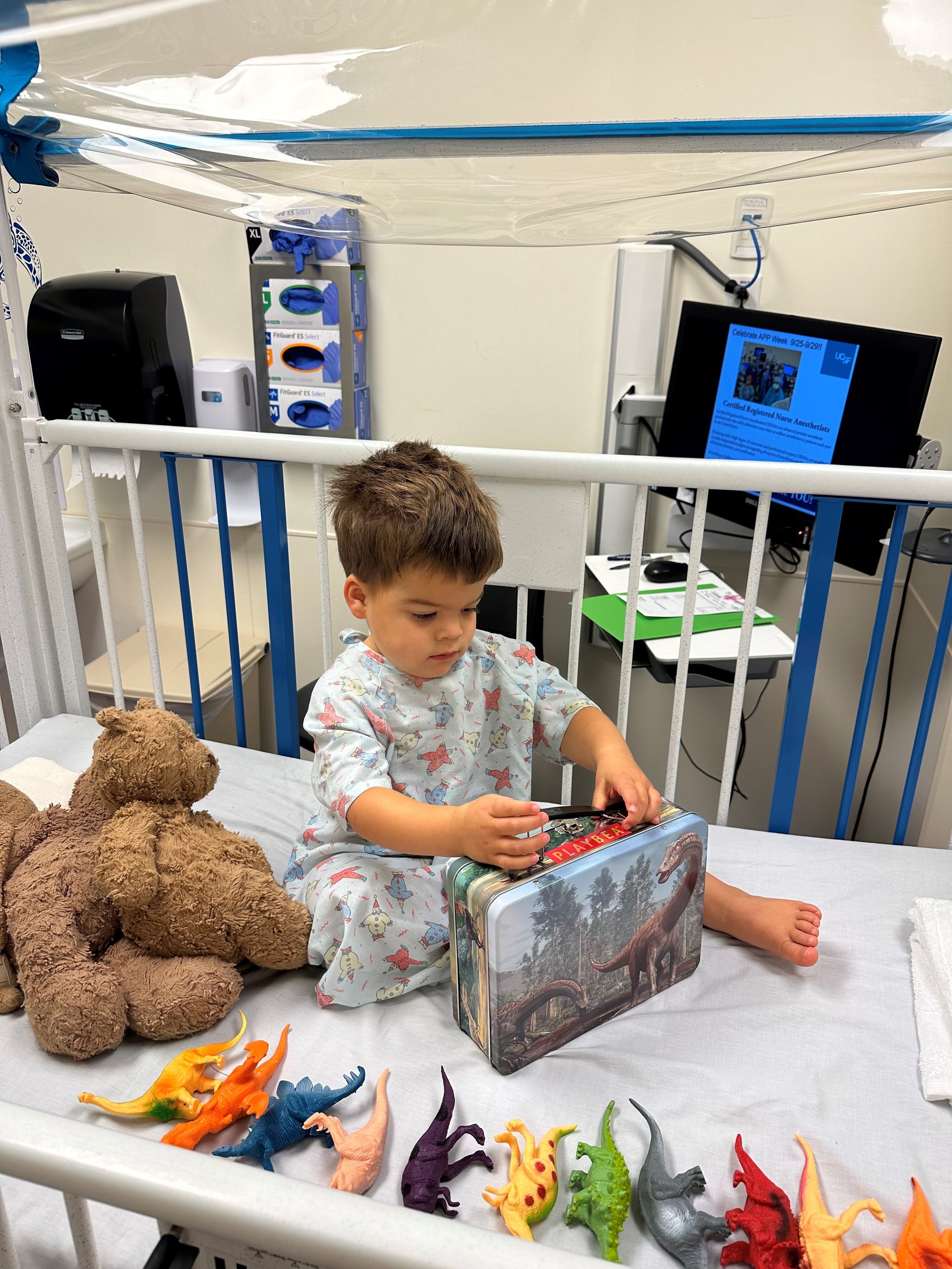

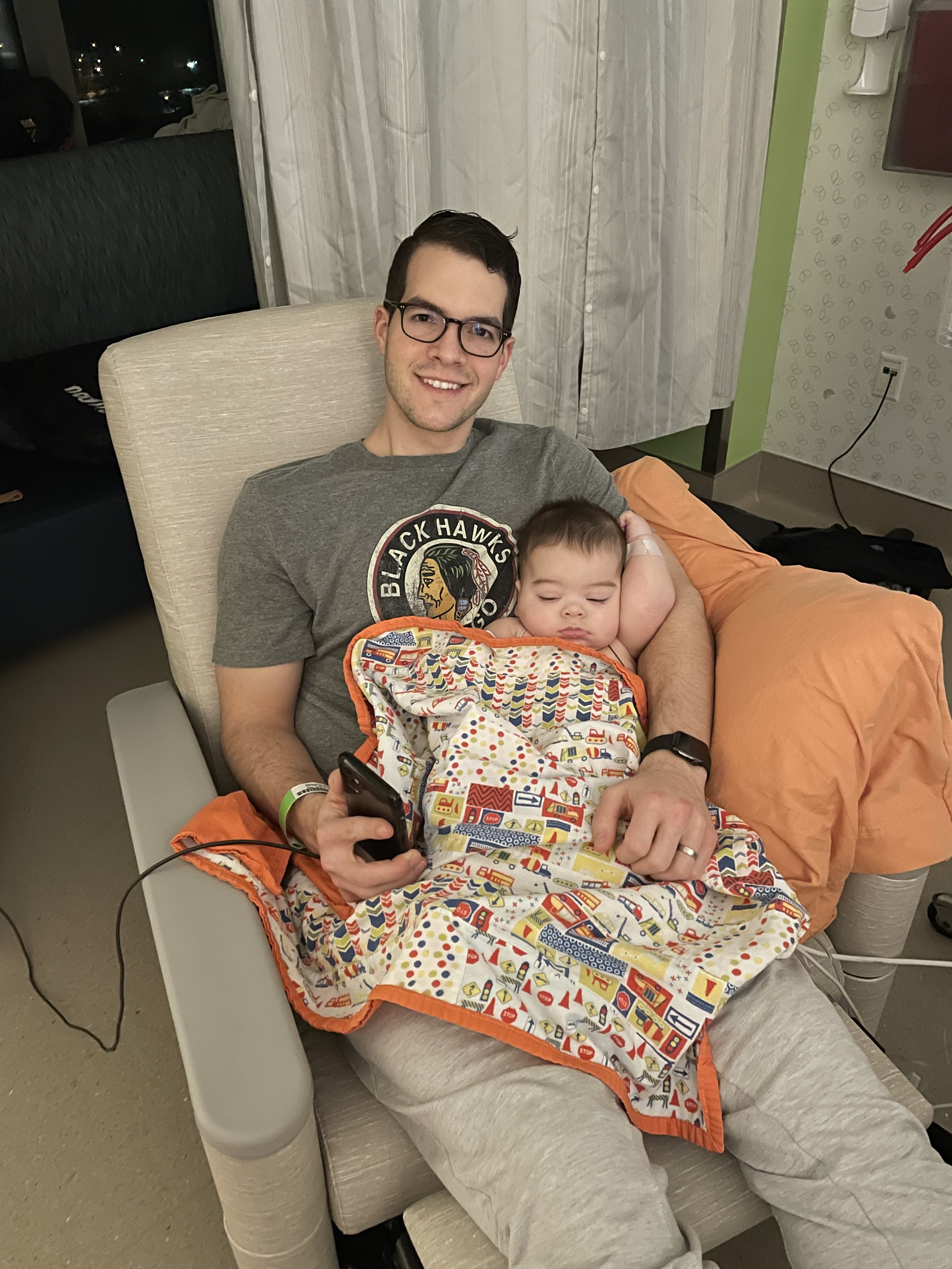

HHT, it took my uncle's life, but that was before our family had a diagnosis and a plan to treat this. “A tragedy like that would never, ever happen again,” I was told over and over again growing up, and I believed them. I did.
It's part of the reason why my wife and I made the decision to conceive naturally, after several failed IVF transfers without help from insurance.
I was blindsided looking at that MRI report on my wife's phone. You see, before we set off for that drive to Cincinnati, knowing my son having this was a possibility, we got several phone calls and texts from various members of the family. And the message, it was all the same. “It's going to be fine. Our case is mild. We don't have this bad. Brain AVMs, they don't run in our family.” I believed them. Again, I did. I'm embarrassed to say it, but I did.
I set off for that drive to Cincinnati virtually worry‑free. Ignorance is bliss, they say, and they're right.
Looking at that report on my wife's phone, my knees were shaking. Our appointment to review the results was at 8:00 AM later that same day and the wait, the wait in that stupid hotel room, the minutes felt like hours.
We paced, we cried, we screamed into pillows, we threw ourselves into becoming Google doctors trying to figure out what words like ‘nidus’ meant, and if 16 millimeters was big or small or scary or not. We entered moments of hope and phases of terror depending on what each new page or article said.
When that appointment finally did arrive, an army of people entered this tiny, stale, white room: doctors, genetic counselor, social worker There was this face on an iPad on wheels.
Eventually, a neurosurgeon sat down at a computer in the corner of the room wearing these heavy, dark brown work boots beneath his scrubs. He pulled up my son's scan and, as clear as day, there it was, this this giant‑looking gray mass atop his head.
I look over and I see my wife clutching our son in her arms, tears streaming down her cheeks, dampening her face mask. The guilt. Again, the guilt I felt. This was my fault. I gave this to him. I was mad. I was scared. I was angry. But I also remember feeling something else and that's thankful. Thankful our family has a diagnosis when so many others to this day don't.
It's estimated that up to 90% of HHT patients to this day remain undiagnosed. Thankful we knew to get him tested and scanned early. You see, these AVMs, they often don't present with any symptoms at all. Too many kids go to bed with a headache and never wake up because of a brain bleed. That could have been my son.
It was right there, right there in that moment, I knew I had to do something. I could not sit on the sidelines and do nothing to help my son navigate the situation I put him in. I wanted to help. I wanted to help him and help the thousands of other kids and families that had ever sat in a stale, white room, just like that one, and received the news we had just received.
But what? What could I do? I'm not a doctor. I'm not a scientist. I have a business degree. I work for a Fortune 500 beer company.
Later that day, on the car ride back home from Cincinnati, my wife was on the Cure HHT website on her phone.
“Hey, they have a job opening," she said.
I wish I could tell you that it was a straightforward decision. Countless pros and cons lists were made. There were sleepless nights, many of those, too. I cried over the decision. I did. Friends, family members, mentors all called me crazy for even considering leaving my corporate job for something like this.
“You're letting your emotions get the best of you,” I was told over and over again. But I felt this in my bones. I had to do this. So, I went to work for Cure HHT.
Eventually, as my son began treatments, we weren't getting the results we were hoping for. Marianne Clancy, the executive director at Cure HHT, eventually told us to get a second opinion.
A few months later, we boarded a plane headed to Phoenix, Arizona, one day before my wife's first Mother's Day, no less, where my son would undergo an hours‑long craniotomy to remove the AVM.
Several long days in the PICU followed. Chords were coming out of every inch of his body, it felt like. He clawed and he clawed at his IVs and central lines so often that they had to stitch them in so he wouldn't rip them out.
Eventually, as the months passed and our lives returned to normal and as my son’s scar began to fade beneath his hair, I wanted a new brain scan for myself. You know, just to be safe, despite doctors telling me, three different times, in fact, that this wasn't needed.
"No, no, no," I was told. “You already had a clear brain scan as an adult. The data tells us you never need one again. You're good. Stop worrying.” But I insisted.
And lo and behold, a year ago to the day, and I mean to the exact same damn day when we found out our little boy had a brain AVM, there I was, sitting in another stale, white room, another doctor sitting in front of another computer screen. No work boots on this this time. Pulling up a scan, learning there was a spot on my MRI. A brain AVM.
God, it was the worst kind of deja vu.
Eventually, I got on a plane and I flew to San Francisco to UCSF to have a metal frame drilled into my skull, a wire run up my leg through my heart and into my brain and have Gamma Knife surgery, a procedure where they blast the AVM with a highly concentrated beam of radiation to, hopefully, obliterate it over time.
On the plane ride back home, my wife tapped me on my shoulder. I paused whatever movie I was watching and took out an earbud.
She said, "You know, I always thought you were put on this earth to save that little boy of ours. Turns out, he was put here to save you.”
Thank you.
Part 2
I'm the type of person that's stubborn. This means when life throws me a curveball, I don't admit anything is wrong. I put on my Type A hat and I get to work on fixing the issue. I don't say things like, “I need help.”
So, when my first child Sam was born, I was 27. Initially, she was doing great. We thought she was perfect. She smiled at us. She met some early milestones, but then things started slowing down. She did walk when she was 18 months and her pediatrician said that was just in time. If she had waited any longer, he would have had her go to physical therapy.
But as the next year‑and‑a‑half or so went on, Sam didn't make a lot of progress. At three, she wasn't talking.
So, the pediatrician sent us for a full workup and, by one point on the grading scale, she came back with an autism diagnosis.
We didn't know what this meant. Sam hadn't shown any of the classical signs of autism and she just seemed kind of locked inside of herself.
So, I put on my fix‑it hat and I found a developmental program to do with her at home, and we got to work. This program consisted of repeated activities throughout the day. Some of them as many as 50 times a day.
For example, I was giving her deep pressure hugs 50 times a day. I was flashing picture cards. She was nonverbal, but I was working with her to point to the right image. This went on and on for about two years.
During this time, when most moms were having play dates and making lifelong friends and their children were playing with each other, that wasn't happening in our house. I had two more children and, luckily, they were developing just fine, but we were pretty much shut‑ins. I was at home with Sam working hard every day and secretly filled with grief.
One day, we loaded everybody up and went to the grocery store. We went through the grocery store and pulled all the items off the list into the cart, but as we walked, Sam started melting down. By the time we got up to the front of the grocery store to check out, it was a full‑blown meltdown.
Everyone in the store was staring at us, and even my two younger children, who were only two and three years old at that time, looked mortified.
We loaded everybody into my arms, ran out the door, ditched the food and jumped into the car where I just cried for a few minutes. Once again, we needed to hide from society.
So, doubling efforts again. As we worked with Sam, she started to have little eye rolls and I was concerned. So, I reached out to the developmental group and they reassured me, “It's okay. She's nonverbal. She has to think in images. Just give her a minute.”
But one day, she climbed up onto a stool to get a cup out of the cupboard and she fell. I knew these eye rolls were more than just thinking.
We got quickly in with a neurologist who did a scan of her brain and saw that she didn't have a normal amount of creatine. That got us into a geneticist, Dr. Longo, who did the final testing and gave us the news that Sam had GAMT deficiency.
GAMT deficiency is pretty rare. It's a disorder where kids aren't able to make their own creatine. But the irony is that all they really need to overcome this when they're very young is over‑the‑counter creatine, the stuff that bodybuilders buy from health food stores.
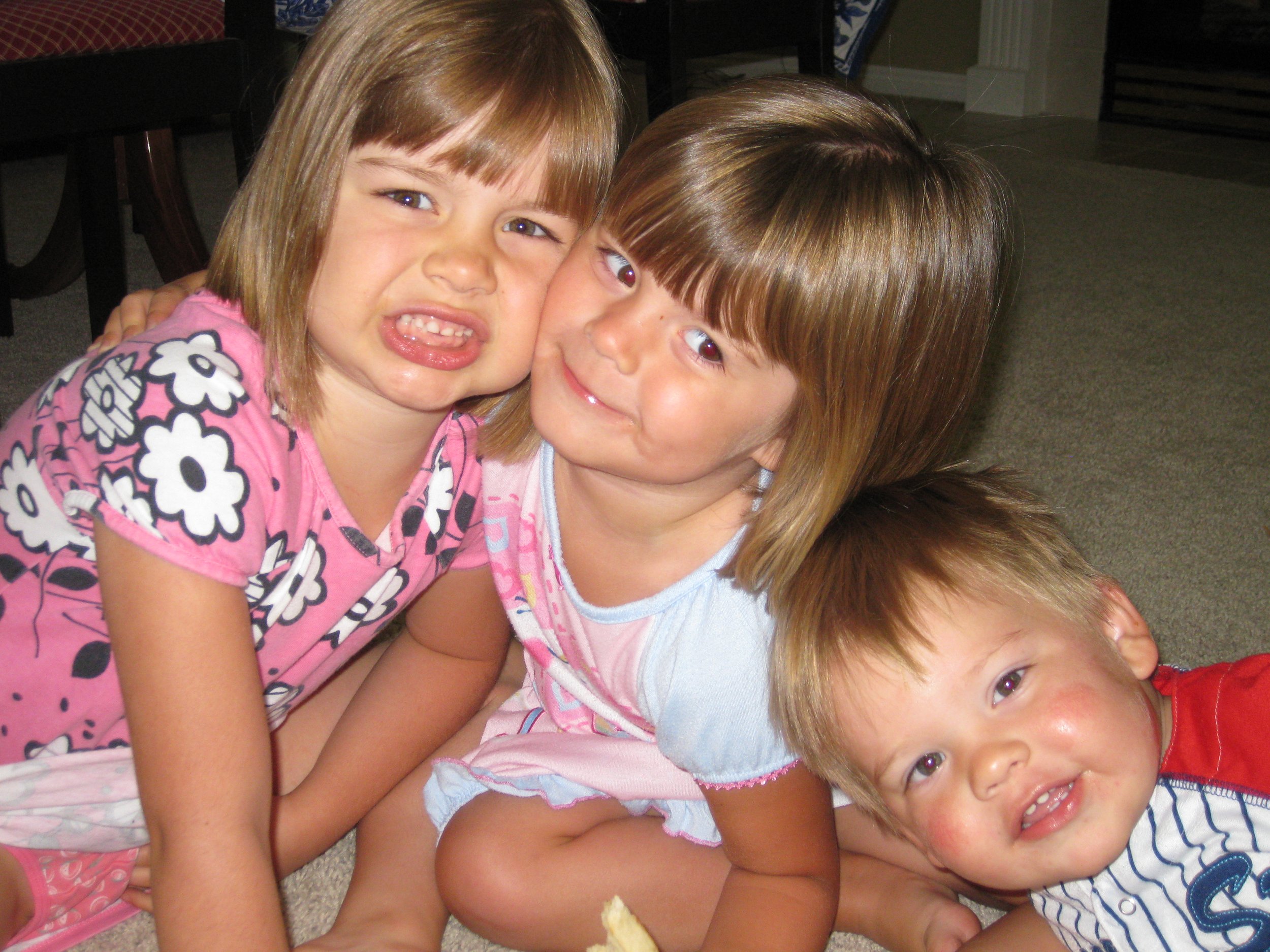

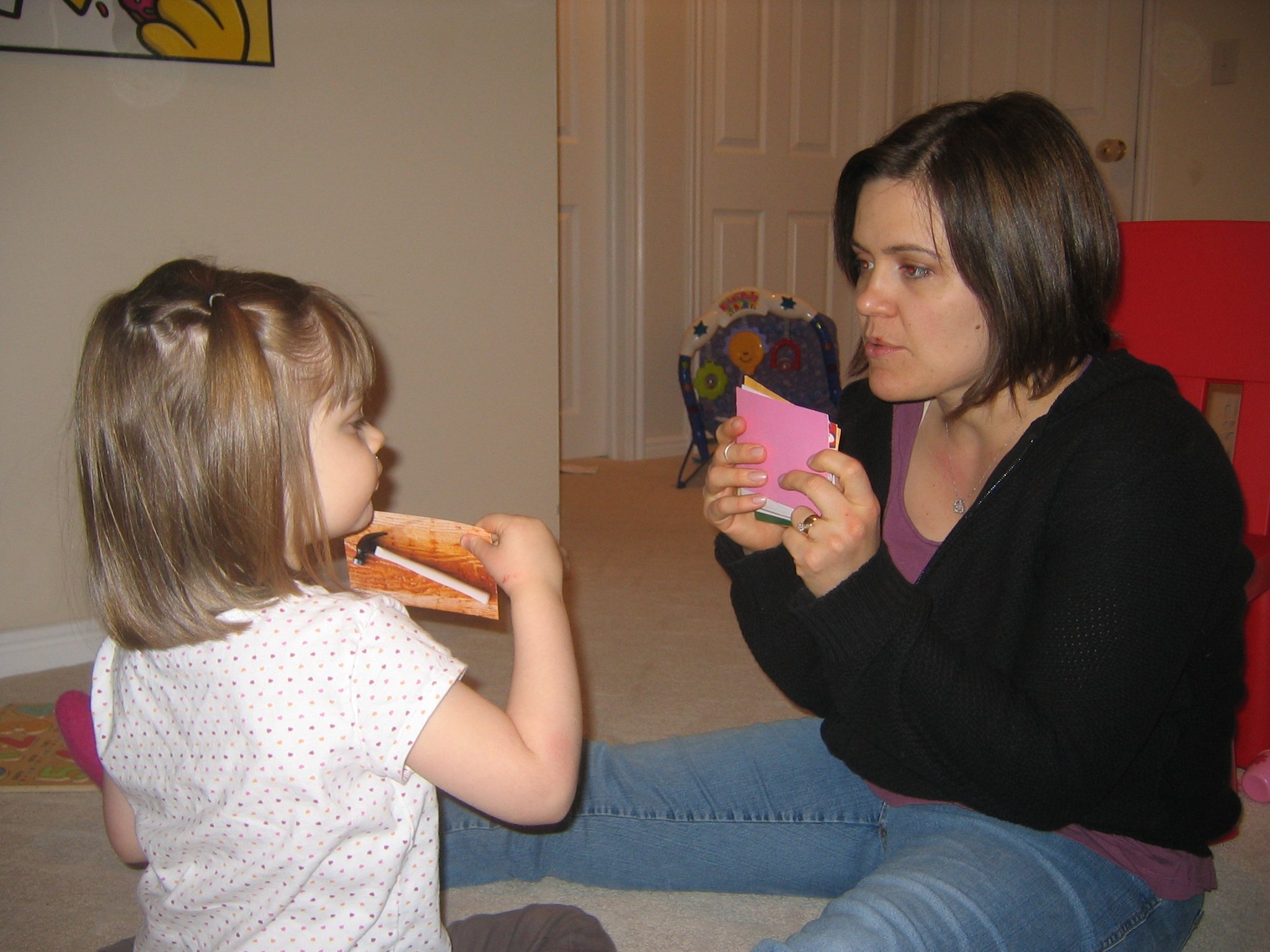
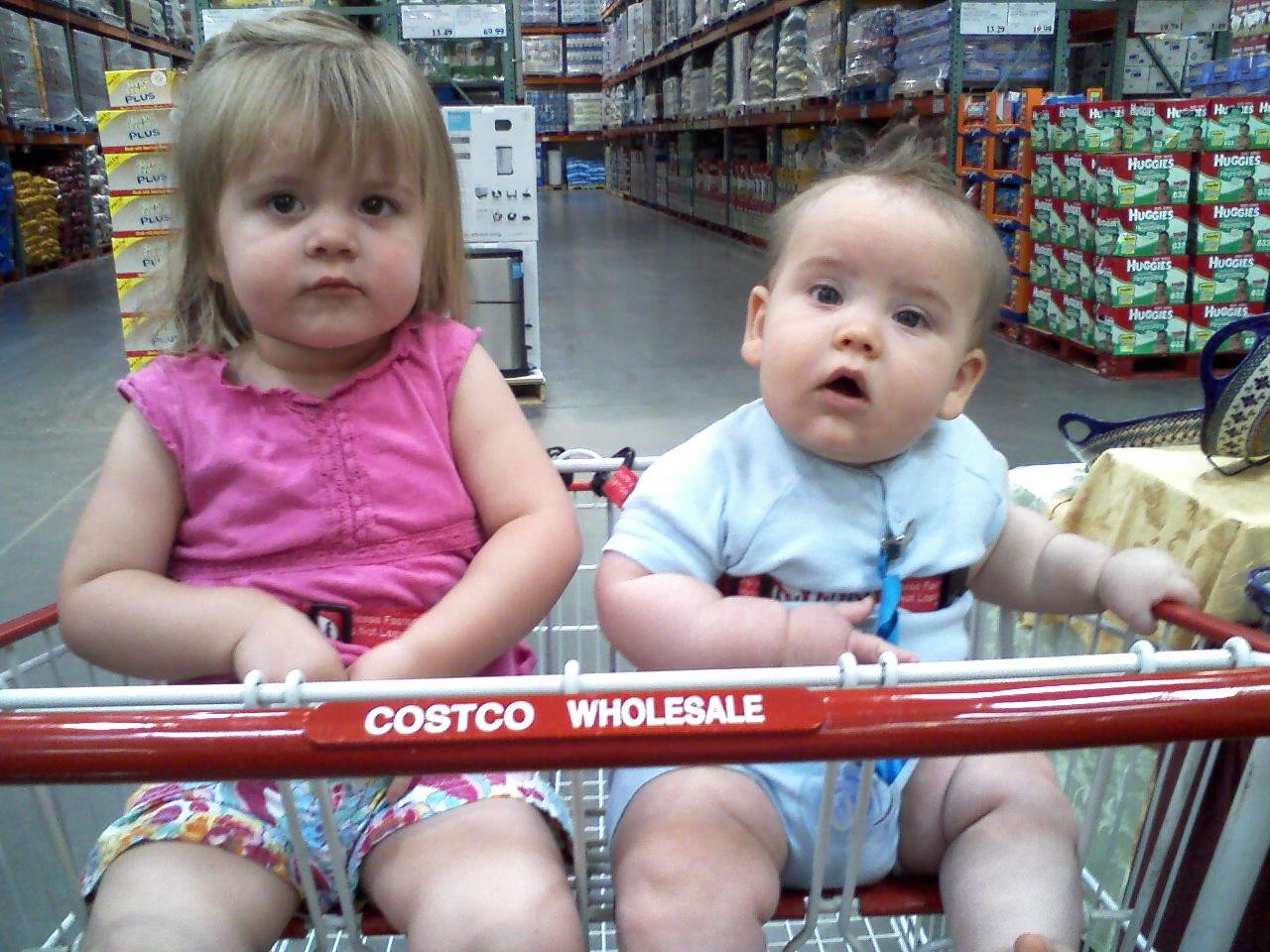
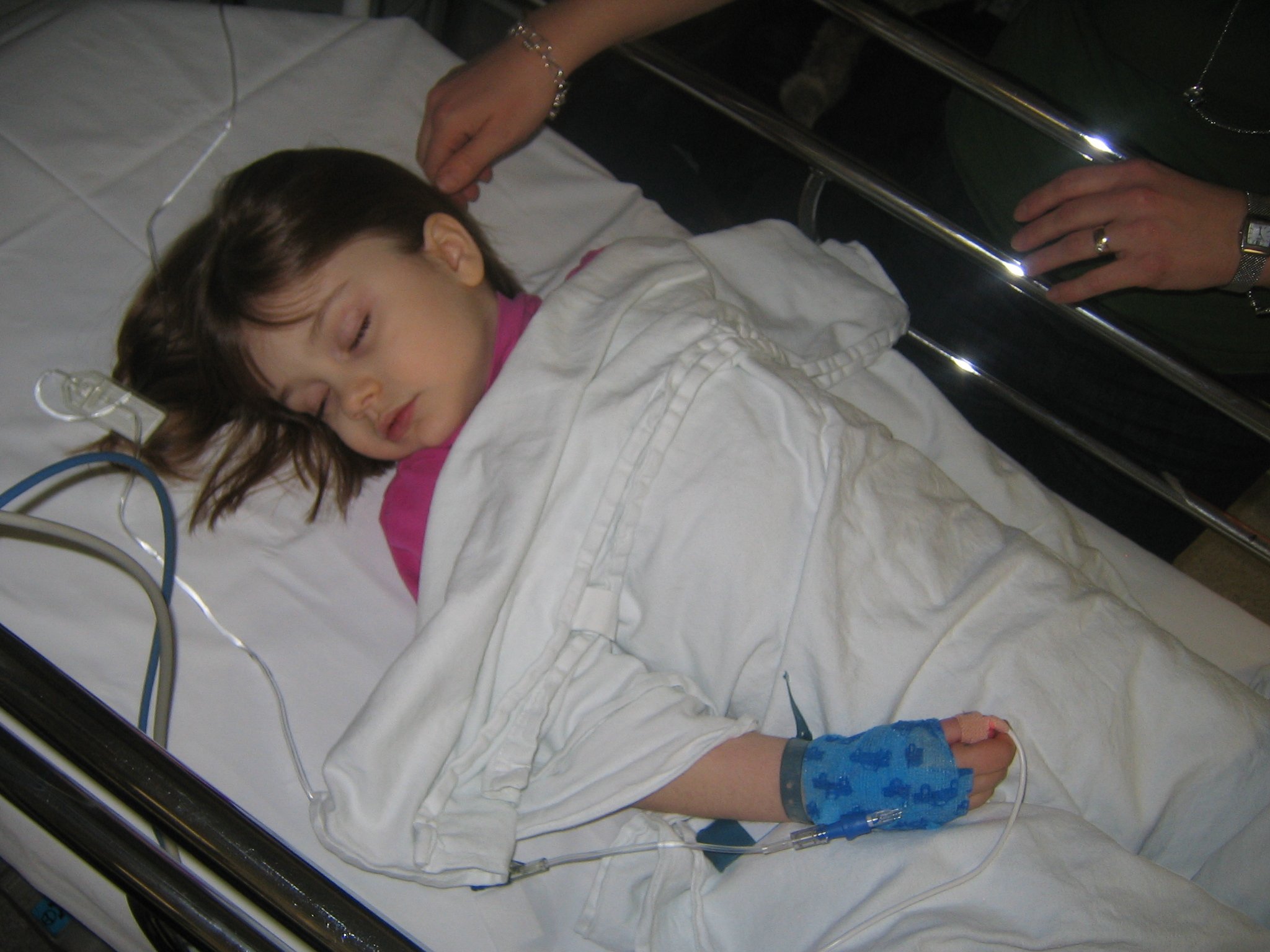
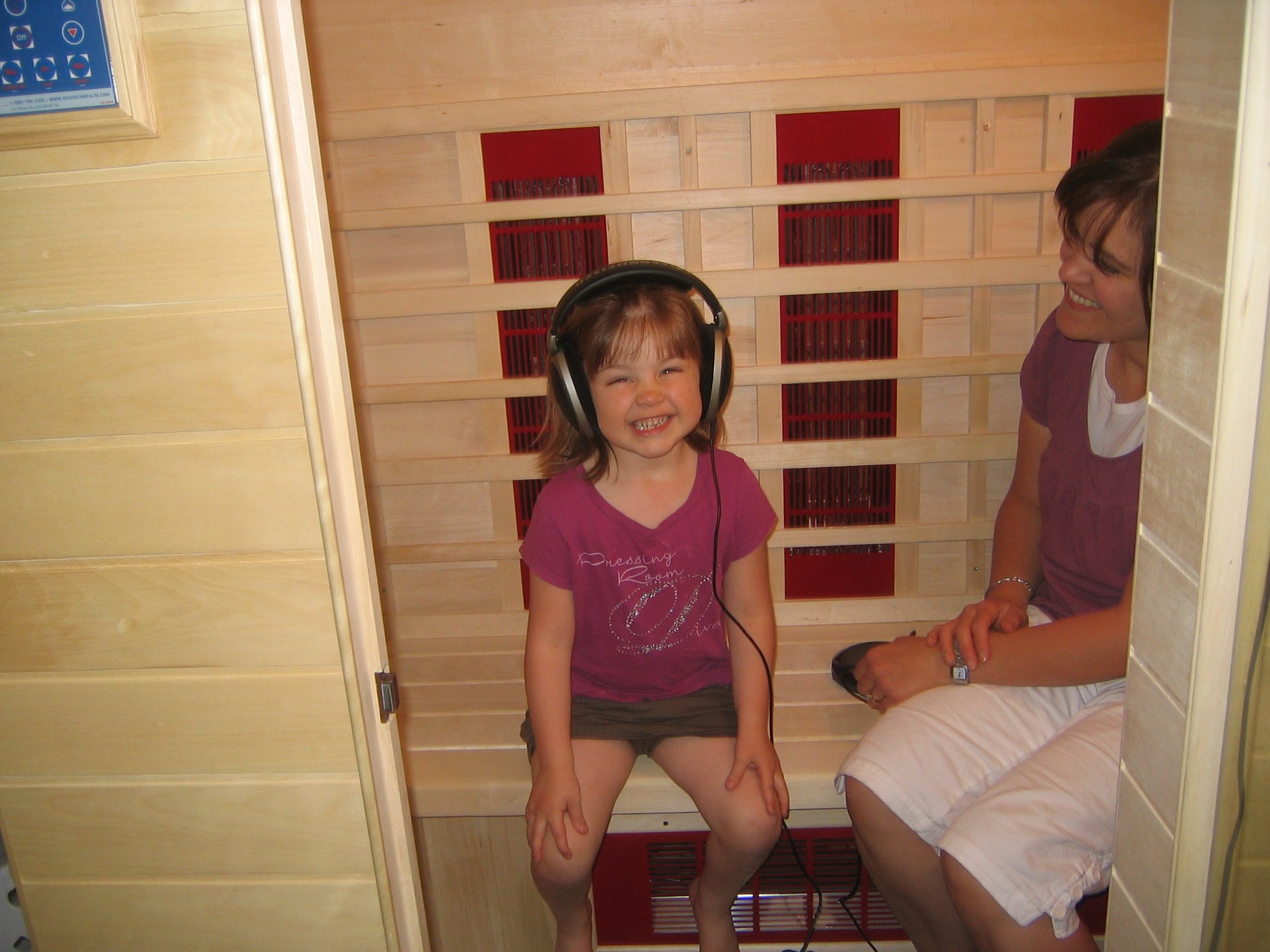
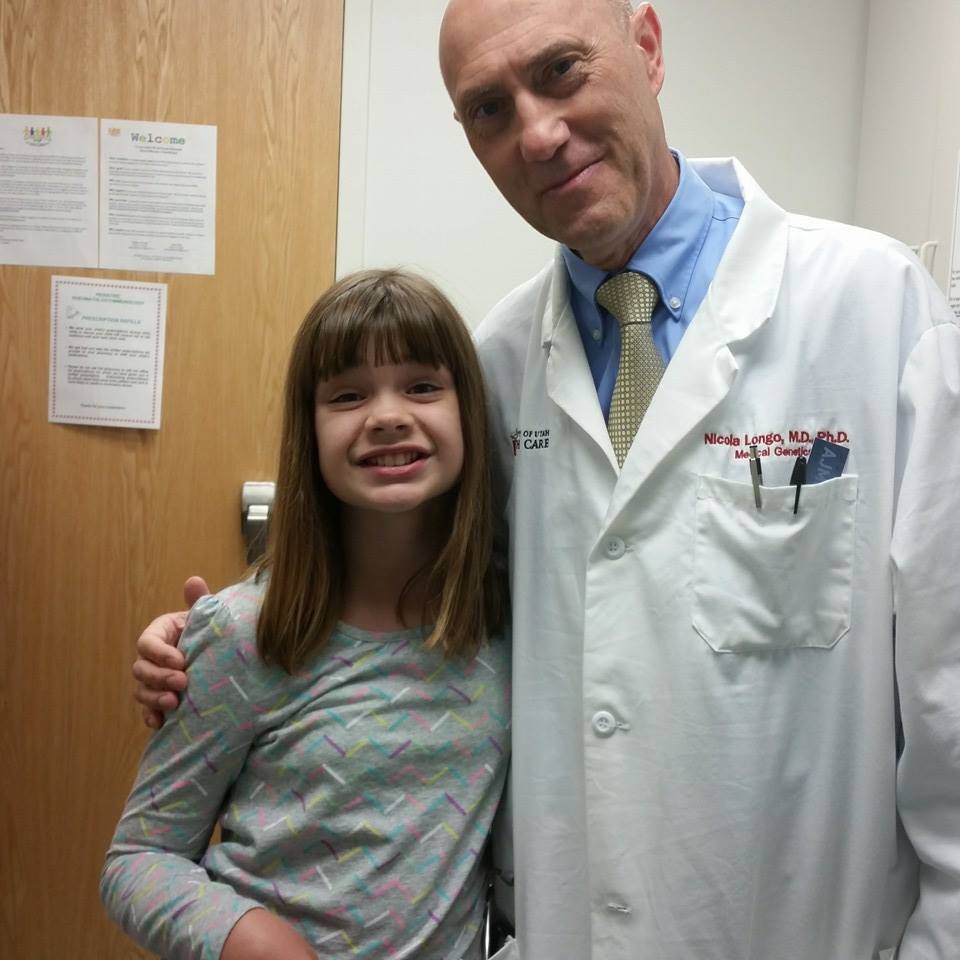
And so after all these years of trying so hard and doing everything I could and listening to all of the advice from well‑meaning parents and pediatricians, we really could have prevented all of Sam's issues. We could have given her creatine.
Nobody told me that. There was no testing for this, this preventable and treatable disorder. So when I found out she had GAMT, of course, I thought, “Well, great, there's something I can do about this. She doesn't have creatine in her brain and we're going to give it to her.” And I doubled down my efforts.
I went ahead and mainstreamed her into school, because she was starting kindergarten right after the diagnosis, and a continued program at the same time. She had some pretty good gains right after she started the creatine. She went from nonverbal to people understanding her speaking in a whole sentence, but she hit a ceiling. Eventually, she reached about a first‑grade level of math and reading and continued to have issues with her speech.
When Sam was eight, I had my fourth child, Louis. We knew that we had this one‑in‑four genetic chance of Louis inheriting GAMT also, but we also knew that, most likely, he would be just fine if we found out at birth that he had GAMT. He did.
He was tested right away because of his big sister Sam. He is 12 now and thriving. He's never had any of the issues Sam has had. No seizures, none of the interventions. He speaks well and has friends and is unaffected, for the most part.
But during this time when Louis was born, Sam was still mainstreamed and school was getting way too hard. She was in third grade and everything was abstract. She was really just learning how to have behavior issues at school. She wasn't really learning.
So, I doubled down my efforts once again and I said, "I can do this better. You're gonna do homeschool now, Sam."
For a couple of years, Sam was homeschooled. And pretty much every day looked like feed the baby, get the other kids to school, back to Sam, do program, back to the baby, back to Sam. Our family was stretched really thin and I couldn't see straight. We were definitely in survival mode.
When Sam was 11 and Louis was three, it was time for our annual geneticist visit. I remember this visit really well. We were in the cold, bright, white room waiting for a while for Dr. Longo to come in and Sam was starting to melt down. She was miserable and whining and melting onto the floor.
Looking back, I have no idea what Louis was doing. He was probably sitting perfectly happy on my lap, but all I can remember is Sam and that a big crowd of strangers came into the room with the doctor because here we are, the family with the really rare, interesting disease that they want to see patients with.
And Sam is yelling. We tried to talk about how Sam is doing and how Louis is doing and ignore Sam's outbursts, but finally Dr. Longo stopped and he looked at me and said, "You need to get this girl back to school. She needs to see how other children behave. And you need to get yourself a life before it's too late.”
I was embarrassed. I thought, “You're right. I have no life. This is all I do, and I haven't been able to trust anyone else to help me.”
So, I finally wrapped my brain around sending Sam back to school. I finally started considering that, yes, Sam has brain damage. It was preventable. If I was somehow able to know that she had GAMT, I could have fixed her, but I didn't and I can't and I can't change any of that.
So, I sent her back to school and I joined a patient‑led organization that's focused on changing creatine deficiencies for a future generation.
It's been almost 10 years now since that day I decided to let Sam go back to school. A few things have definitely changed. I finally focus on Sam's happiness. I don't think I noticed that before. I think that all that mattered was that Sam would fit the mold I had had in my mind for what a typical healthy child would live like.
Now, if Sam's in a good mood, it's a good day for my whole family, and that's a big deal. We appreciate the smallest things in life thanks to Sam.
I'm still trying to help her but I've learned to trust teachers, let them help her, and I've focused my energy in a little bit of a healthier outlet. I'm still trying to help Sam through my advocacy work to get her a better treatment that might stop her seizures that happen about once a week.
And I've been able to work with this organization to get newborn screening accepted in the US so that all the babies born with this disease get identified from birth and have the life that Louis has been able to have.
For a long time, it was a struggle as I fought against this disease but, as I realized that I can't control Sam or change the past, I've recognized that Sam has given my family a gift. We can find happiness in the very smallest of things and that's pretty amazing.
